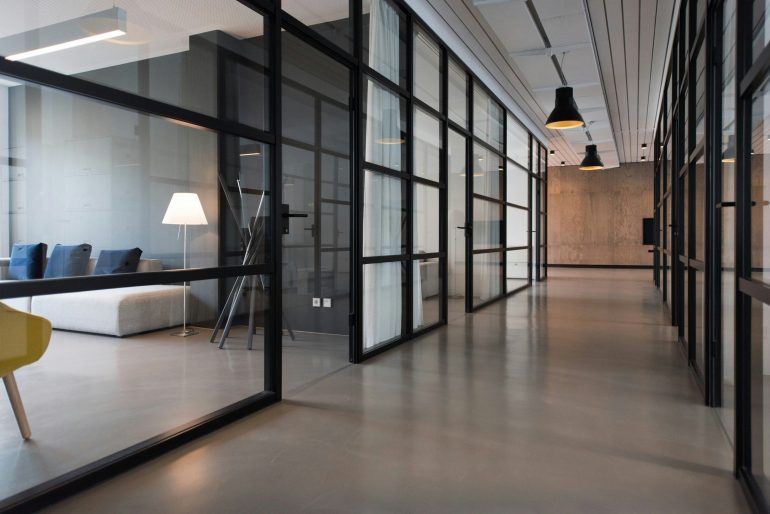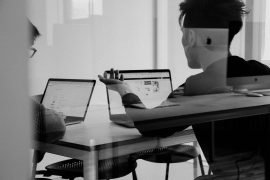The workplace, as a theoretical space, has existed for millennia. It is a fundamental aspect of existing in civilisation – and, hence, should be recognised for the vitally important ‘second space’ it truly is. This is just as important for employers to reckon with as it is employees, not just with respect to ensuring worker comfort and convenience but also with respect to adapting for new realities.
Today, the workplace is more than just a place to complete tasks. It stands also as a reflection of a company’s culture, values and commitments. Through attention to detail, focused layouts and thoughtful interior design decisions, a business can directly influence productivity, employee satisfaction, and client perception in one fell swoop. In today’s dynamic working landscape, what are some key steps to designing the ideal modern workplace?
Balancing Style and Function
First, let’s contend with an essential framework – that of form and function. Offices are places with functions, and often fall victim to staid thinking along that same line; if a space is functional, does it need to be stylish? The answer, categorically speaking, is yes. Aesthetics perform functions of their own in the workplace, from engendering comfort in employees and clients alike to attracting new clients and candidates, to encouraging quality, creative and collaborative work from your team.
For a successful office design, then, you need to strike a balance between aesthetics and practicality. Sleek furniture, smart storage solutions and well-chosen colour palettes are all crucial aspects to creating a professional yet inviting environment.
Enhancing Workplace Comfort and Focus
Using the encouragement of employee comfort and productivity as a launching-pad, how, specifically, can you design a workplace around productivity, focus and creative collaboration? Everything is part of the palette, from layout and furniture, to lighting, temperature, and even acoustics. All of these, collectively, have a comprehensive influence on how people feel and perform.
So address each one in turn. For lighting, integrating solutions such as venetian blinds can help control natural light levels without removing agency or optionality from employees. Acoustic panels can be used to minimise room reflections, making for a less overwhelming office ambience; they can even be covered with canvas artworks to add visual flair. Low-lying ergonomic furniture creates sightlines across the office, and gives guests a chic place to wait for meetings. All of this, planned cohesively, makes for a cohesive office.
Long-Term Value of Thoughtful Design
This kind of investment isn’t just an investment in short-term gains from employees old and new. It is something that continues to yield returns for the lifetime of your workplace, provided you continue upkeep with respect to new design trends and worker expectations. A business that prioritises thoughtful designs remains adaptable, as their business needs grow and change in the future.





